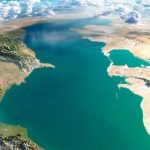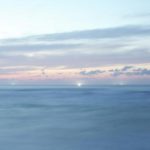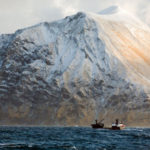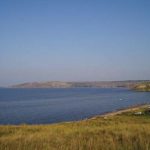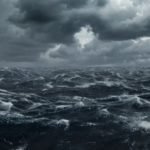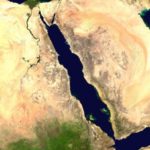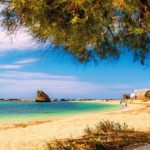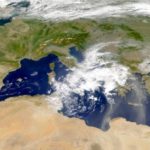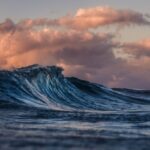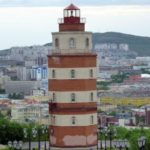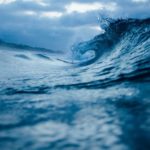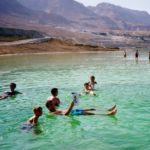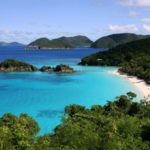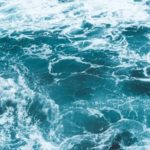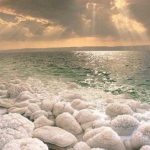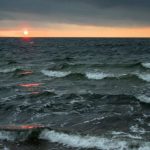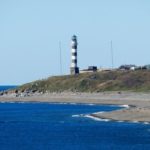14 interesting facts about the Barents Sea
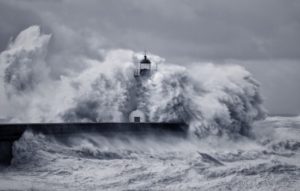 There are no resorts with beaches on the shores of the Barents Sea. Weathered by the merciless winds of the coast, leaden-colored waves, regularly flying storms and piercing cold – this is what awaits a tourist who dares to climb here. This is one of the coldest seas in the world, and despite its great importance for shipping, it is hardly worth going on vacation here.
There are no resorts with beaches on the shores of the Barents Sea. Weathered by the merciless winds of the coast, leaden-colored waves, regularly flying storms and piercing cold – this is what awaits a tourist who dares to climb here. This is one of the coldest seas in the world, and despite its great importance for shipping, it is hardly worth going on vacation here.
It lies completely outside the Arctic Circle.
The Barents Sea washes the shores of only two countries, Russia and Norway. Finland used to have access, but after World War II they were slightly revised. The Norwegian part of the sea, by the way, is more polluted due to the disposal of nuclear waste.
Icebergs pose a huge danger to shipping in these parts. And the most dangerous month is April – the ice cover begins to melt, and thousands of icebergs set sail for free.
The Barents Sea is much warmer than, for example, the Kara Sea. In the south, in summer, water near the surface sometimes heats up to +12 degrees, while in the Kara Sea it has temperatures all year round below 0 degrees.
Being the marginal sea of the Arctic Ocean, the Barents Sea has borders with the Kara, White and Norwegian seas.
In some parts of the coast, the difference in water level during high and low tides reaches six meters.
The Barents Sea is one of the first in terms of purity of water among all the seas of Europe.
The water exchange processes here are quite slow. Sea waters are fully renewed in about four years.
Of all the northern seas, the air temperature above the surface of the Barents Sea is the highest. This is due to the peculiarity of local currents, both sea and air.
The storms here are monstrous. They occur frequently when masses of warm air from the Atlantic Ocean collide and cold air from the Arctic Ocean.
Most of the Barents Sea is completely covered with ice in winter.
It received its name in honor of Willem Barents, a brave Dutch discoverer and explorer.
The southeastern part of the Barents Sea is sometimes isolated into a separate sea, the Pechora Sea.
Its area is 10 times larger than the area of such countries as Nepal, Greece or Tajikistan.


